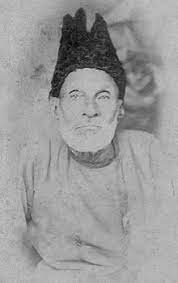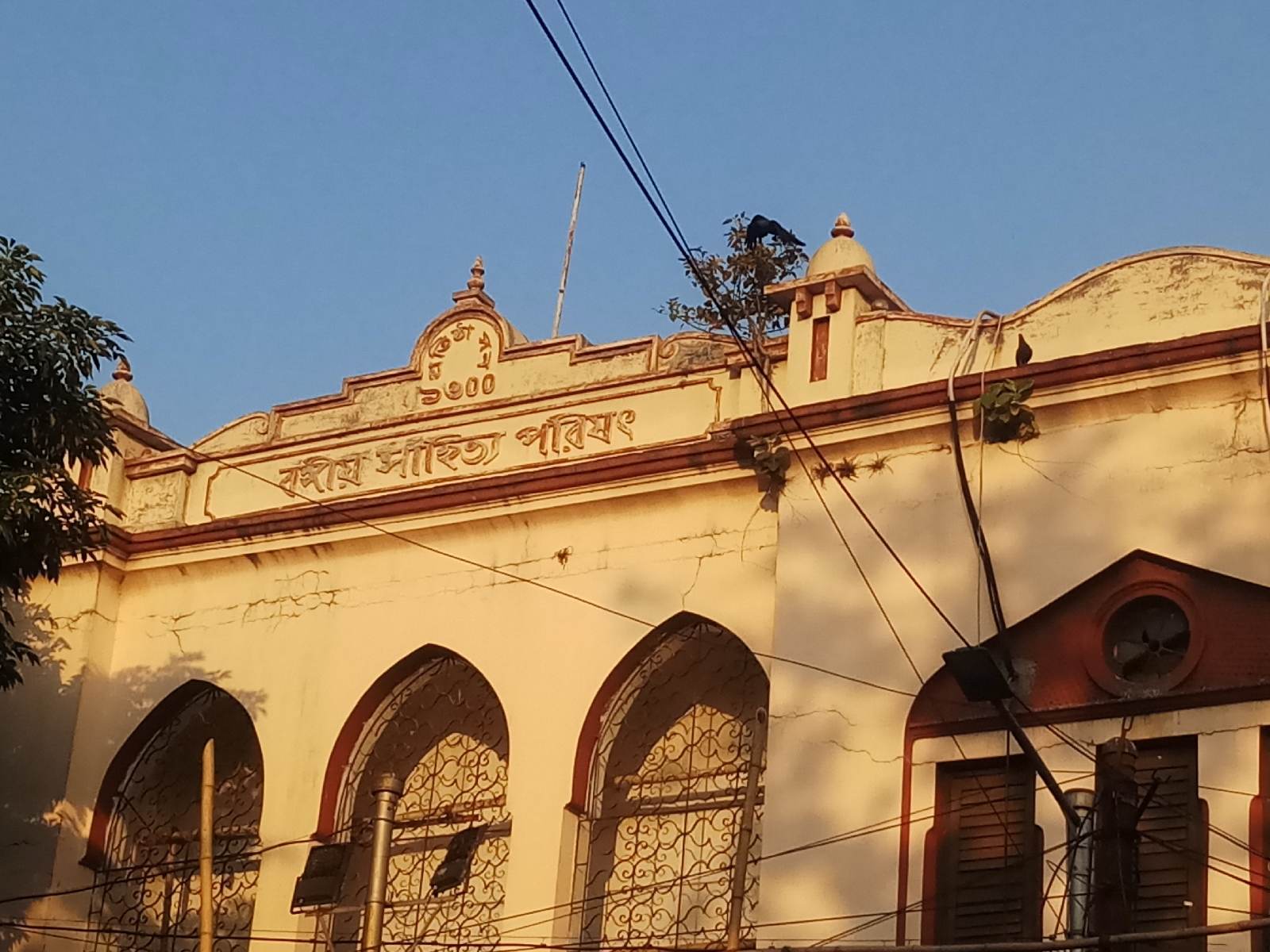- Panchanan Karmakar (Mallick) holds the acclaim of creating the first
Bangla typeface for the presses, while assisting English typographer Charles
Wilkins.
 |
| https://zeenews.india.com/bengali/state/serampore-press-town |
- Type-casting is a technique of casting individual letters in hot metal
typesetting. The need for the Bengali typeface arose during the printing of A
Grammar of the Bengal Language by Nathaniel Brassey Halhed. The mission was
undertaken to teach organised Bengali grammar to the common masses. Halhed took
the initiative of making the Bengali typeface in England, however this proved
to be a failed and expensive effort. This was because Bengali have a
combination of alphabets that can run into thousands and have more intricacies compared
to the English alphabets.
 |
| Nathaniel Halhed and Charles Wilkins |
- It is believed that Karmakar completed 700 punches
for Devanagari letters. Karmakar’s Bangla alphabet and typeface were in use
and later replaced by a simplified version was created by Pandit Ishwar Chandra
Vidyasagar.
- Karmakar was born in Tribeni, Sreerampore. Apart from Bangla,
Karmakar developed type in 14 languages, including Arabic, Persian, Marathi,
Telugu, Burmese and Chinese.
- He hailed from a family of blacksmiths and later calligraphers
who inscribed names and decorations on copper plates, weapons, metal pots etc.
His ancestor was bestowed with the title of ‘Mullick’ as a recognition for carving
designs on swords, shields and armours for Alivardi Khan, the nawab of Bengal.
- In
1779, Karmakar moved from Hugli to Kolkata. In 1800, he was hired by
William Carey for the Serampore Mission Press in Hooghly, (from where the first
Bengali newspaper Samachar Darpan was published in 1818). In
1801, he developed a typeface for British missionary William Carey's Bangla
translation of the New Testament. In 1803, Karmakar developed a set
of Devnagari script, the first Nagari type to be developed in India. He passed
away in the following year.
- Panchanan was assisted in his work by his brother
Gadadhar Karmakar. His son-in-law Monohar Karmakar (Mullick) and Gadadhar’s son
Adhar Chandra Karmakar (Mullick) continued his work. Adhar later joined
Vidyasagar in developing a simplified typeface of Bengali alphabets.
- The family
press remained operational till the early 1990s.
- The Gutenberg process for creating
the typeface for a language involves making a hard metal punch known as a
mother type. The alphabets created on the mother type, which were mirror images
of the original lettering, were then hammered into a soft copper bar creating
an imprint of the actual alphabet. This is known as a matrix, which operates as
a mould for the final typeface, known as movable type, which is made with a
lighter alloy. A single matrix can be used to make thousands of movable types,
which in turn are arranged in the required sequence, inked, and printed on
paper.
- Halhed and Wilkins did not give Karmakar his due credit at that time. Much
later, creative attempts have been made to keep alive the legacy of the creator
of Bangla typeface.
- Rajat Chakraborty’s Panchananer Haraf is
a fictional work on the life and works of Karmakar. In real life, Karmakar was in all probability unlettered. “To him, the letters were nothing more than
designs he was trying to replicate. The rounded strokes, the minutest
detail...” says Rajat Chakraborty, who has read about him in the book Bangla
Mudran o Prokashan by Chittaranjan Bandyopadhyay.
- A Bengali play, dedicated
to Panchanan Karmakar named Akshorik (meaning literally), by
the theatre group Aneek, was staged at Tapan Theatre. “Akshar means
letter.
- The West Bengal Master Printers' Association (WBMPA) in its annual
calendar of 2018 reminisces the six print stalwarts including Karmakar, from
the East and their contribution towards Indian print industry.
- Anirban Mitra
has designed an open-source project for creating a OpenType version of the
world's first Bangla Typeface - as a tribute to Panchanan Karmakar.
- In April
2025, the creations of Panchanan Karmakar were showcased at an exhibition named
Haraf at the Khelat Bhawan in Pathuriaghata area of North Kolkata. The
metal typeface of Bangla and other languages were on display. Type-writter machines
dating back to the presses of the bygone era were also showcased.
 |
| Devanagari Typeface |
 |
| Display at the thakurdalan |
 |
| Type writter machine |
 |
| Instruments for carving the metal typefaces |
 |
| The print |
 |
| Display at the basement |
- In a narrow
lane diverting from GT Road in Serampore’s Battala area is located the 250-year-old
building associated with Panchanan Karmakar. His priceless contributions were carefully preserved for generations here. Original manuscripts, hand carved wooden and metal blocks and the machines associated with the initial days of printed Bengali forms are retained.
References:
https://en.wikipedia.org/wiki/Panchanan_Karmakar
https://www.telegraphindia.com/my-kolkata/people/how-panchanan-karmakar-a-blacksmith-from-sodepur-created-the-first-bengali-typeface-200-years-ago/cid/2089463
https://www.telegraphindia.com/culture/for-the-tongue-the-design-panchanan-karmakars-creation-first-bengali-font-for-type-casting/cid/2010168
https://www.thehindu.com/news/national/west-bengal/the-forgotten-pioneer-bengal-owes-its-printed-word-to-gets-resurrected-in-a-play/article69163238.ece




















Comments
Post a Comment